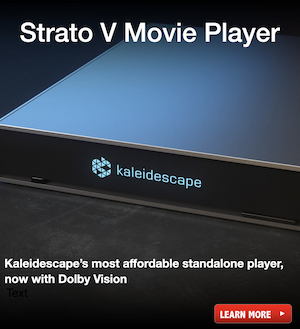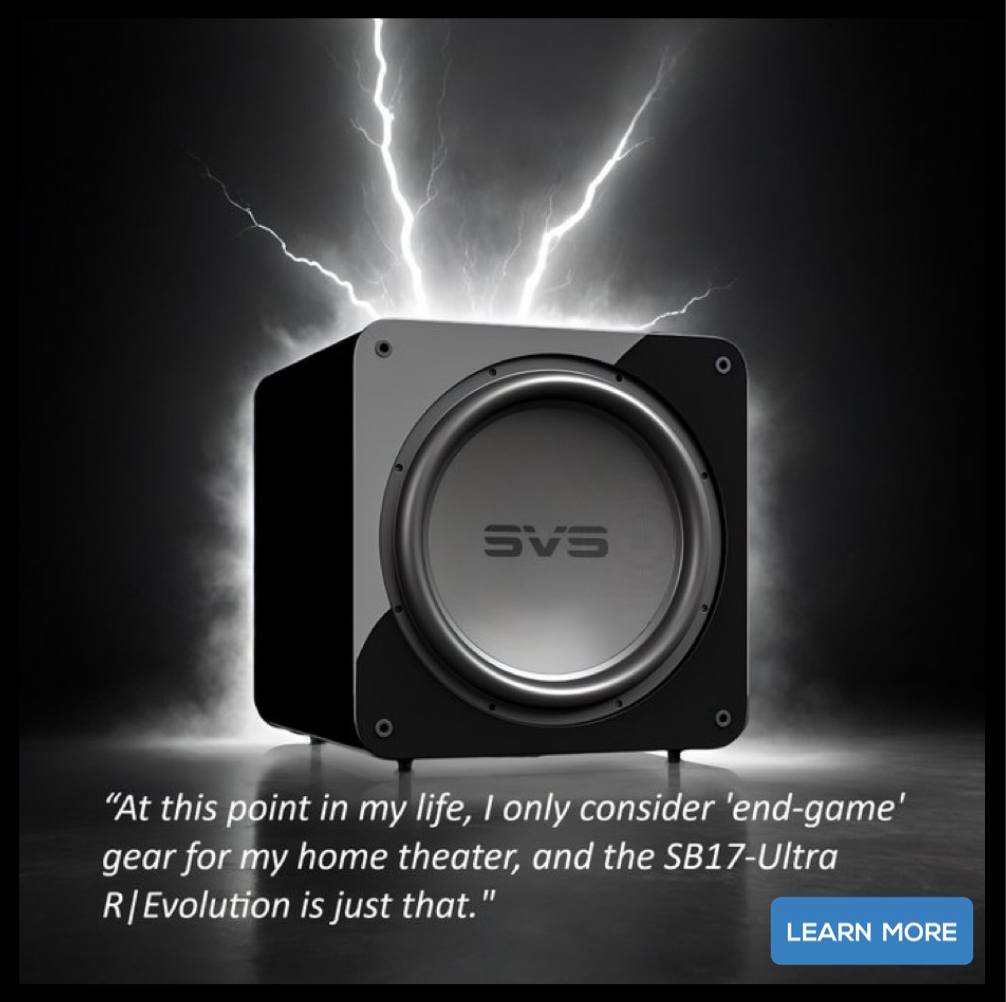(August 28, 2024) 2024 is shaping up to be "The Clash of the Video Processors," with the industry's two heavyweights – Lumagen and madVR – both releasing fully featured models to anchor entry-level positions in their model lineups. A month ago, madVR introduced its budget-minded Envy Core. Priced at $4,995 through the end of the year ($5,995 thereafter), Envy Core's basic configuration requires a $995 fee to unlock advanced features found on upper-tier models. Today, Lumagen has countered madVR by revealing the all-new Radiance Pro 4140. This model lands $1000 under Lumagen's own Radiance Pro 4240-18G, and with a price tag of $5,495, it's perfectly wedged between introductory and MSRP pricing of the Envy Core's base configuration. Lumagen is celebrating today's launch with an enticing promotional offer that sweetens the pot, making the Radiance Pro 4140 even more tempting.
According to Lumagen President Jim Peterson, “The Radiance Pro 4140 incorporates a single 18GHz input and 9GHz output in a compact case design with the same outstanding video processing as other models in the Radiance Pro series. The 4140-18G with an 18GHz output is also available and is housed in a 1U rackmount case at $5995 MSRP USD. The single HDMI configuration satisfies the requirements of entry-level home cinema systems."
Backed by over two decades in the industry, Lumagen's entire Radiance Pro series uses proprietary video processing algorithms to refine and enhance video images presented by front projectors, flat panel TVs, and microLED video walls. All models also carry the same video feature set, including HDR Dynamic Tone Mapping (DTM), scaling for in-motion video content, instant-auto-aspect ratio detection and selection, and a bevy of customization features. They also support 4k60 video input and output, in addition to modern HDMI features like HDCP 2.3, HDR10, HLG, and compatibility with Dolby Low-Latency Dolby Vision (LLDV) sources. The upper-end Radiance Pro 5244 and 5348 models add HDMI dejitter circuitry, which improves audio by reducing the HDMI clock jitter at the audio processor input.
“Because the Radiance Pro provides the industry’s best processing for in-motion video content, it has become more than a home cinema product," explains Peterson. "It has found its way into studio post-production suites for use in video quality control for consumer releases and for use in maintaining proper lip-sync using its Genlock feature. Image science is our passion, and our products allow viewers to see what the director intended. We are excited that the Radiance Pro 4140 allows a broader segment of the home cinema enthusiast market to enjoy the very best in video processing.”
Lumagen's Radiance Pro products are on the verge of artfully integrating with Seymour Screen Excellence masking systems, thus eliminating the need for an expensive third-party control system. According to Peterson, an installer will need to program masking positions for various aspect ratios, like 4:3, 16:9, 1.85, 1.90, 2.00, 2.10, 2.20, 2.35, 2.40, 2.55, and 2.70. Then, when new content is sourced, an associated Radiance Pro will automatically detect and communicate aspect ratio information directly to a Seymour mask controller unit. In turn, the screen's masking will automatically position itself in the correct location.
Now through the end of September, Lumagen is offering Radiance Pro 4140 buyers access to an upgrade valued at $250. Units that would carry an 18GHz input and 9GHz output will ship with an 18GHz In and 18GHz out configuration, free of charge. What does this mean? Well, a 9GHz output handles 12-bit 4:2:2 color at 4K 24Hz but is limited to 8-bit 4:2:0 color for 4K 60Hz. Lumagen says the Radiance Pro's output dither mitigates this difference, but for those who want no compromises, the 18 GHz output allows 12-bit 4:2:2 color at 4K 60Hz. In other words, the 18GHz output option gives you more overall signal headroom.
The Radiance Pro series of video processors will be demonstrated at CEDIA Expo 2024 in Sound Room 4 (SR4), booth 4409, plus other locations. Visit www.lumagen.com for more technical information on the Radiance Pro series, or contact Jim Peterson by phone (503.574.2211) or email (sales@lumagen.com).
Last edited:









